/97b6fa78-1db0-4a58-858b-43edd97cb1ae.png)
Noise Log Sheet for Effective Monitoring and Analysis
Review Rating Score
If you are dealing with excessive noise or monitoring noise levels for any reason, keeping a log sheet can be incredibly helpful. At BizzLibrary.com, we offer a comprehensive log sheet template that allows you to track and document noise levels accurately and efficiently. With our downloadable Log Sheet template in DOCX format, you can easily keep a record of noise measurements over a specific period.
Why Use a Log Sheet for Noise Monitoring?
Using a log sheet for noise monitoring provides various benefits, including:
1. Documentation and Analysis
A log sheet allows you to document noise levels consistently and systematically. By recording noise measurements regularly, you can analyze the data to identify patterns, trends, and potential issues. This documentation can be crucial for legal compliance, research purposes, or resolving noise-related disputes.
2. Compliance with Regulations
In many jurisdictions, noise regulations and ordinances exist to ensure that noise levels remain within acceptable limits. By using a log sheet to track noise levels, you can demonstrate your compliance with these regulations if necessary.
3. Identifying Noise Sources
A log sheet helps you identify specific noise sources or times when noise levels exceed acceptable limits. By pinpointing these sources, you can take appropriate measures to mitigate the noise or address the issue at hand.
How to Use the Log Sheet Template
Our Log Sheet template is user-friendly and easy to use. Simply download the DOCX file from our website and follow these simple steps:
- Enter the Necessary Information: Fill in the required details at the top of the log sheet, such as the date, location, and description of the monitoring area.
- Set the Time Intervals: Determine the time intervals at which you will record noise levels (hourly, every 30 minutes, etc.).
- Take Noise Measurements: Use a noise monitoring device to measure and record the noise levels at each time interval.
- Document Additional Details: Note down any additional details or observations that may be relevant to your noise monitoring objectives.
- Keep the Log Sheet Up-to-date: Regularly update the log sheet with new noise measurements as per your chosen time intervals.
Start Monitoring Noise Effectively
Take control of noise monitoring with our convenient Log Sheet template. Download the DOCX file from BizzLibrary.com to keep accurate records of noise levels and make informed decisions based on the data. Ensure compliance with regulations and work towards creating a more peaceful environment today!
Is the template content above helpful?
Thanks for letting us know!
Reviews
Evan Martin(7/10/2023) - GBR
Useful!
Author. Content was provided by:
Elizabeth Davis
Elizabeth is from the sunny desert city of Phoenix, Arizona. She is thrilled to connect with professionals and like-minded individuals who share a passion for social technologies, content creation, and the exciting possibilities that AI brings to the world of social media. Her hobbies are hiking, climbing, and horse riding. Elizabeth has a master's degree in Social Technologies that she received at the ASU (Arizona State University). As a freelancer, she mostly contributes content related to IT. This includes articles on templates and forms provided by our community.
Follow Elizabeth
Last modified
Our Latest Blog
- The Importance of Vehicle Inspections in Rent-to-Own Car Agreements
- Setting Up Your E-mail Marketing for Your Business: The Blueprint to Skyrocketing Engagement and Sales
- The Power of Document Templates: Enhancing Efficiency and Streamlining Workflows
- Writing a Great Resume: Tips from a Professional Resume Writer
Template Tags
Need help?
We are standing by to assist you. Please keep in mind we are not licensed attorneys and cannot address any legal related questions.
-
Chat
Online - Email
Send a message
You May Also Like
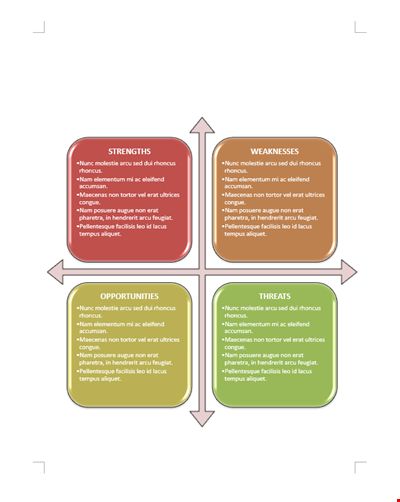
Business SWOT Analysis Template

Literary Analysis Essay Structure: HATMAT, Quote, Paragraph, Thesis Sentence
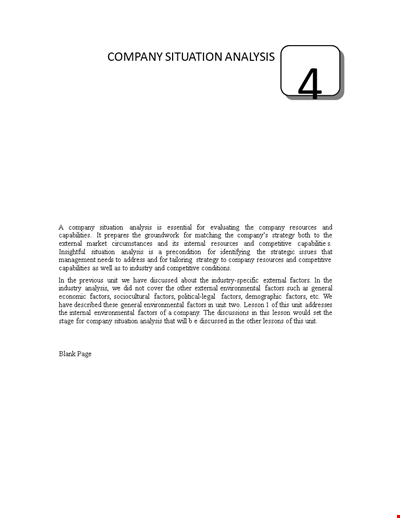
Company Situation Analysis Template - Conducting Internal and Competitive Analysis

Free Company Analysis Template - Improve Your Strategy, Analyze Stocks, and Drive Growth
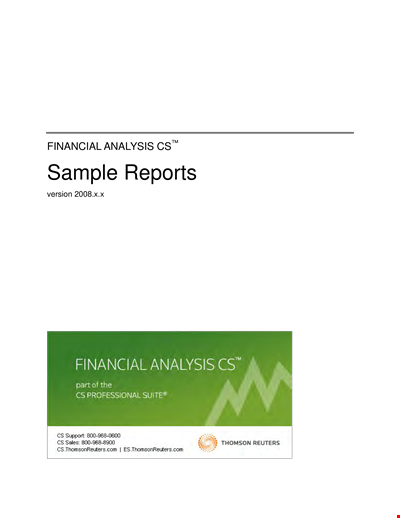
Financial Analysis Template for Company Sales, Group Assets, and Ratios | Competitor Analysis
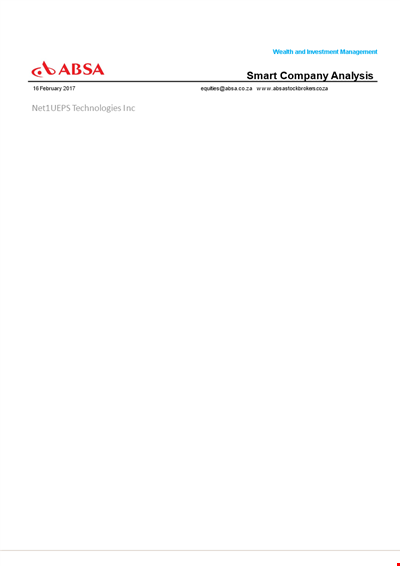
Smart Company Analysis Template - Improve your Financial Analysis with Intellidex
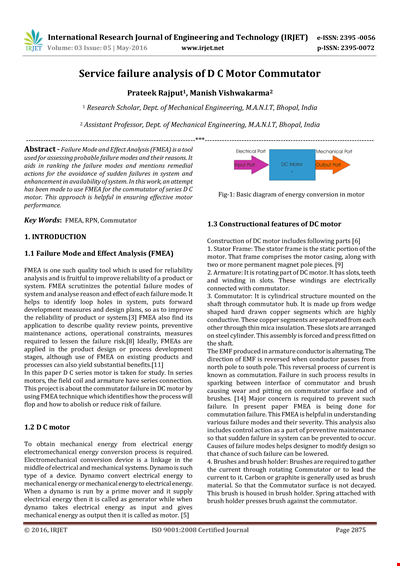
Service Failure Analysis Template - Analyzing System and Motor Failure with Commutator
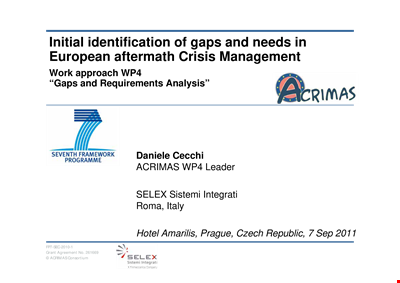
Gap Requirements Analysis Template - Acrimas Analysis
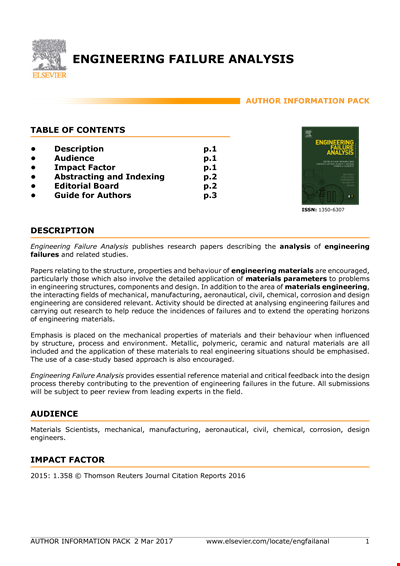
Engineering Failure Analysis Template
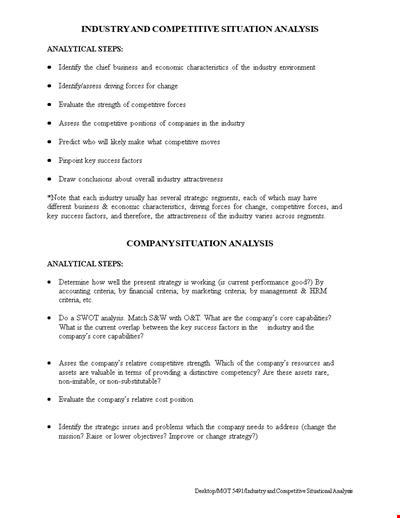
Industry & Competitive Situation Analysis

Vertical Financial Statement Analysis Example
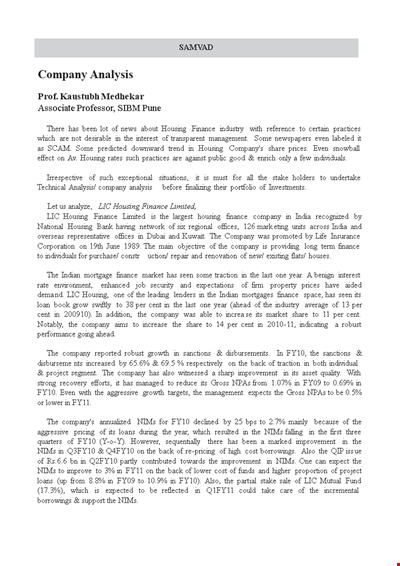
Simple Company Analysis Template

Market Analysis Template: Get Valuable Insights for Strategic Marketing
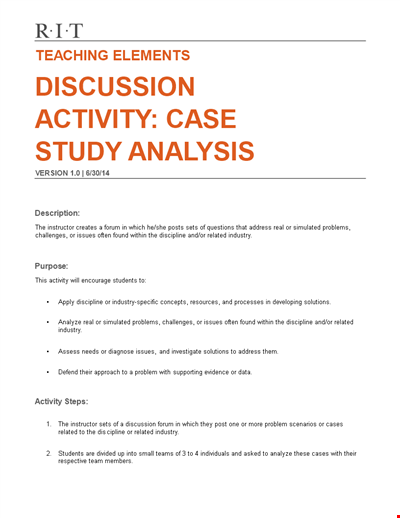
Simple Case Analysis Template | Identify Issues, Analyze Activity
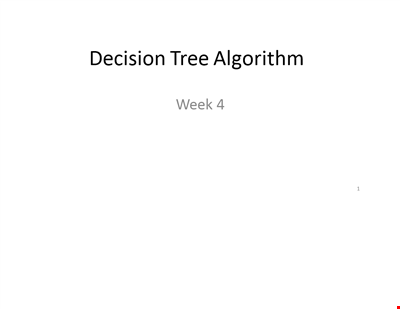
Decision Tree Algorithm Template - Efficiently Analyze Decision-Making Processes
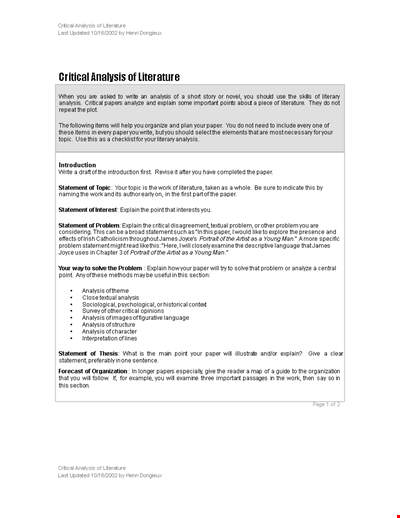
Critical Literary Analysis Template - Analyzing and Crafting a Strong Statement